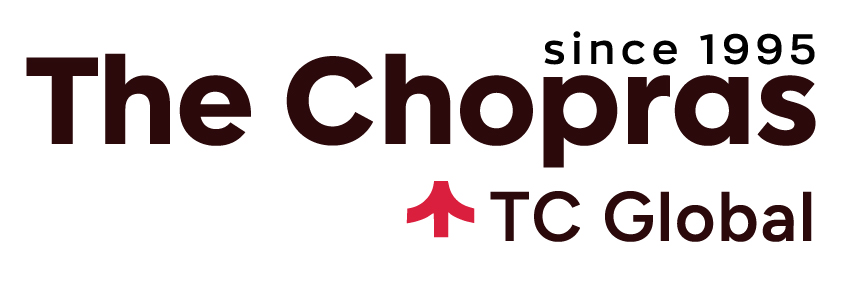Before we go into the USD vs UCSD debate, let us clarify this – there are three universities with the name San Diego (SD) in its title.
University of San Diego (USD or The Torero):
It is a private Catholic research university located near downtown San Diego. With a total student body of around 9,000, it emphasises on liberal arts, a sense of community, and Catholic values. While it is an R2 research university under the Carnegie classification, it does not rank as highly as the UC universities.
University of California San Diego (UCSD or The Tritons):
This university is a member of the prestigious University of California System funded by the state. This system of 10 campuses form some of the top-notch universities in the Golden State and the country. Within the system, UCSD is third, after UC Berkeley and UCLA; it ranks 28th in the country. Often referred to as a ‘Public Ivy’, UCSD is a R1 doctoral university with very high research activity.
San Diego State University (SDSU or the Aztecs):
This university, which is not covered in this article, is a member of the California State University system. SDSU is one of the top universities in Cal State, ranking 105th among all the universities in the US. It is also an R2 research university.
That said, this article looks at the first two – University of San Diego vs UC San Diego. Here is how the two schools stand apart. This article covers –
USD vs UCSD: A Quick Glance

The similarity in their names and their abbreviations have led many prospective students to ask, “Is USD and UCSD the same?” As mentioned in the beginning, the answer is no. USD is a private institution in urban San Diego while UCSD is a public campus, part of the UC system located in the La Jolla neighbourhood of San Diego. The key differences in debate of University of San Diego vs UCSD are
1. Ranking and Prestige:
Even before we look into the rankings, UCSD is a public university while USD is private. Public universities typically have higher rankings, more reputable programs and global recognition. UCSD ranks 28th in the country while USD is in the 98th position.
2. Academics:
University of California San Diego offers 125+ bachelor’s degrees and over 200 master’s degrees while USD has fewer options. USD is a smaller university with a higher acceptance rate of around 53% while UCSD is highly selective with an acceptance rate of less than 25%. USD also has a much lower student faculty ratio when compared to UCSD.
3. Campus Culture:
The student population is another major distinction in UC San Diego vs University of San Diego. The student population at UCSD is over three times the size of USD, creating a highly diverse environment. The smaller USD campus is known for its sense of community and smaller gatherings, be it in academics or extracurriculars.
4. Location:
USD is located closer to downtown San Diego while UCSD is located in the suburban coastal region of La Jolla, overlooking the Pacific Ocean.
Here is a quick look at both the universities.
| USD | UCSD | |
| Established in | 1949 | 1960 |
| Ownership | Private Catholic Research University | Public Research University under the UC system |
| Mascot | Diego Torero | King Triton |
| School Colours | Blue and White | Blue and Gold |
| Academics | ||
| Ranking US News National Ranking 2024 | 98 | 28 |
| Bachelor’s Degrees | 49 | 125+ |
| Number of Master’s Degrees Offered | 41 | 230+ |
| Popular Areas of Study |
|
|
| Fees and Scholarships | ||
| Average Tuition Fee for BA/ BSc per year | $58,420 | $18,840 (CA Residents) $51,414 (Non-residents) |
| Average Tuition Fee for MA/ MS per year | $21,120 – $63,000 (Depending on number of units per year) | $18,951 (CA Residents) $34,053 (Non-residents) |
| Average Financial Aid | $42,382 | $25,700 |
| Eligibility Criteria | ||
| Average High School GPA for admission | 3.0 – 4.0 | 4.2 |
| Median SAT/ ACT Test Scores for admission | Test-blind | Test-blind |
| English Language Requirements | 80 – 90 of TOEFL iBT 6.5 in IELTS |
85 or higher in TOEFL iBT 7.0 in IELTS |
| Acceptance Rate | ~53% | ~25% |
| Student Population | ||
| No. of undergraduate students | ~ 5,700 | 33,096 |
| No. of graduate students | ~ 3,000 | 9,872 |
| Average Salary of Graduates | $60,000 | $80,000 |
| Student Faculty Ratio | 13:1 | 26:1 |
| Campus | ||
| Campus Location | San Diego | La Jolla |
| Campus Type | Urban | Sub-Urban, Coastal |
USD vs UCSD: Academics

The first point in answering the question, “Is USD or UCSD better?” is academics. The University of San Diego is a private university that emphasises greatly on liberal arts and business management. While it is a renowned university, it does not rank as highly as any of the University of California schools.
The University of California San Diego is a highly ranked public research university, renowned for STEM, Medicine and Economics programs. It is ranked 20th in the world by US News and 62nd by QS World University Rankings.
Both universities offer undergraduate, graduate programs, and doctoral degrees besides certificate courses and diplomas to their students. Is UCSD better than USD, or the other way around? The answer depends entirely on what you are looking for. Let us take a look at a detailed analysis of the academics in both universities.
Overall and Subject Ranking
If ranking and prestige are important factors in deciding UCSD vs USD, then the University of California San Diego wins hands down. It is a public research university that is globally recognised and a part of the prestigious University of California system. It is one of the top universities in the United States of America and is highly selective. On the other hand, the University of San Diego is a private university and is ranked much lower than any of the UC schools. It is known for its smaller class sizes and low student-teacher ratio.
| University of San Diego | University of California, San Diego |
| Overall National Rank US News: 98 | Overall National Rank US News: 28 |
| Times Higher Education WUR: NA | Times Higher Education WUR: 34 |
| QS WUR 2024: 1201 – 1400 | QS WUR 2024: 62 |
| Subjects and Other Ranking (Source: QS and US News) | |
|
|
As a prospective student, ranking and reputation can be a significant pro in your planning process. However, it is good to remember that higher ranks also mean stiffer competition. The ultimate deciding factor should also be the specific department, course curriculum, and to see if what the university offers fits your career plans.
Constituent Schools
The different courses at USD are offered by
- College of Arts and Sciences
- Knauss School of Business
- Shiley-Marcos School of Engineering
- Hahn School of Nursing and Health Science
- Joan B Kroc School of Peace Studies
- School of Law
- School of Leadership and Education Sciences
- Division of Professional and Continuing Education
The academic schools that constitute UCSD are
- School of Arts and Humanities
- School of Biological Sciences
- School of Global Policy and Strategy
- Jacobs School of Engineering
- School of Physical Sciences
- Rady School of Management
- School of Social Sciences
- Halıcıoğlu Data Science Institute
Key Dates for Application
The following table gives you the key dates for application and admission into undergraduate programs. It is also safe to double check with the specific department / school of the university that you are applying to, just to ensure they do not follow a different cycle.
When it comes to the actual application form, you can apply to as many UC campuses as you like with only one application form. Each of the campuses will receive your application and evaluate them separately and simultaneously. An offer letter from one campus does not imply or guarantee an admission into another UC campus. The Torero requires a separate application
Here are the key dates for Fall intake –
| Important Dates | USD | UCSD |
| Application available from | August 1 | August 1 |
| University begins accepting applications from | August | October 1 |
| Last Date to Submit | December 1 | November 30 |
| Apply for financial aid – FAFSA or CA Dream Act applications open | Mid-December | December 1 |
| First year admission decisions Posted in | March | Mid-March |
| FAFSA/ CA Dream Priority deadline | May 2 | May 2 |
| Deadline to accept offer of admission | May 15 | May 15 |
| Website | https://www.sandiego.edu/admission-and-aid/undergraduate/apply/ | https://apply.universityofcalifornia.edu/ |
Quarter vs Semester System
Another important distinction that separates the two schools are their academic calendars. University of San Diego follows a semester system while most UC schools including San Diego divide their years into academic quarters.
USD
- The academic year is divided into two semesters, Fall and Spring
- The Fall Semester is from August to December and the Spring from January to May.
- If students want to work through summer to graduate early or take up extra courses, there is also a summer term.
UCSD
- The academic year is divided into three quarters (Fall, Winter and Spring), each lasting about 10 weeks.
- If students want to work through summer to graduate early or take up extra courses, there is also a summer term.
Pros of a Quarter System:
- One of the biggest advantages students have in a quarter system is that it gives them the flexibility to choose more courses and interact with more faculty members. On an average, a student studying in this model ends up graduating with 18 more credits (6 more courses) than a student in a semester cycle.
- The course load is smaller, allowing students to better focus.
- Switching majors or raising GPA is comparatively easier than in a semester since course weight is more distributed in quarter terms.
Cons of a Quarter System:
- The main disadvantage is that quarters do not give a student enough time to settle into a course of study. While a course may be short, the level of the coursework might be intense to cover the required material in 10 weeks. Essentially, it gives you less time to study.
- It can be harder to schedule internships, co-ops, or study abroad programs since most of them are scheduled around the semester timeline.
Degrees and Class Sizes
Here is a comparison of degrees and class sizes, at a glance
| USD | UCSD | |
| Number of undergraduate degrees | 49 | 125+ |
| Number of graduate degrees | 41 | 230+ |
| Student Teacher Ratio | 13:1 | 26:1 |
| Median Class Size | 21 | 51.5% of classes have fewer than 30 students |
What are the Top Three Courses to Study in USD?
1. Business Management

The Knauss School of Business is one of the most sought after departments in the University of San Diego. You can choose an undergraduate degree majoring in Business Administration, Business Analytics, Business Economics or even International Business among the numerous options offered. Knauss is ranked 2nd in the list of best business schools in California for undergraduates.
2. Psychology

The Department of Psychological Sciences under the College of Arts and Sciences offers degrees in psychology and behavioural neuroscience. The department is known for its small class sizes, close faculty mentorship, and research opportunities. 91.8% of the 2023 batch received full-time job offers within 3 months of graduating.
3. Real Estate

Besides general business degrees, the Knauss School of Business offers one of the best programs in the country for real estate, even as a bachelor’s degree. Graduates go on to become project managers, brokers, property managers and investors in commercial industry, residential sales and development.
What are the Top Three Courses to Study in UCSD?
1. Biotechnology and Applied Microbiology

The Department of Bioengineering in the Jacobs School of Engineering is highly sought after, and gets thousands of applications from students across the globe. Ranked 4th in the country by US News and World Report, their biotech and microbiology programs prepare students for careers and higher education in this fast-growing field. The curriculum emphasises on a strong engineering and biochemical foundation, allowing students to branch out into niche areas.
2. Medicine
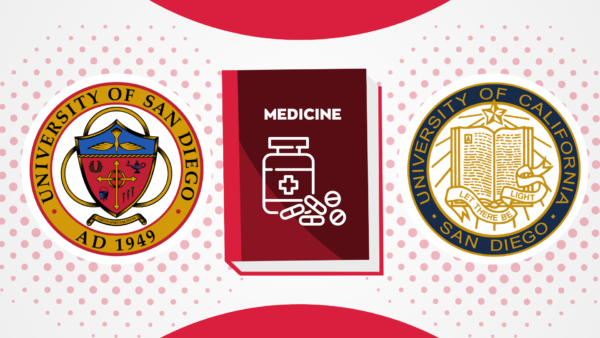
Ranked 5th among public medical schools and 13th overall for NIH Research funding, the UCSD Medical School is renowned for its academics, research excellence, a sense of community and its commitment to health equity. The school offers hands-on learning environments including a simulation centre, a Centre for the Future of Surgery, and a student-run free clinic. Among the numerous specialisations offered, their courses on gastroenterology and hepatology ranks first with a subject score of 100, according to US News and World Report. In addition to medicine, UCSD’s psychology and cognitive sciences program are also highly ranked.
3. Computer Science

Computer Science programs at UCSD are ranked 36th by US News and 51st in the world by QS WUR for 2024. Offering both undergraduate and graduate programs, students of computer science at UCSD get to work with world-class research centres at UCSD, including the California Institute of Telecommunications and Information Technology (Calit2), the San Diego Supercomputer Center (SDSC), the Center for Networked Systems (CNS), the Center for Wireless Communications (CWC), and many others.
Notable Faculty, Alumni and Research Facilities
USD:
While not directly associated with Nobel laureates, the Torero network has a long line of distinguished alumni who have gone on to become CEOs, founders, venture capitalists, ministers, scientists, actors, attorneys and so on. The university’s 30+ research centres and institutes enable its faculty and students to push the boundaries of their disciplines. As a private university, USD cannot depend on state resources for its research budget.
UCSD:
16 Nobel Laureates, numerous McArthur fellows, and numerous distinguished scholars have been and continue to be associated with UCSD. With state funding and the prestige of the University of California system bringing in more external research endowments and awards, the university is a billion-dollar research enterprise, supporting state-of-the-art facilities for all its disciplines.
USD vs UCSD: Fees and Scholarship Opportunities
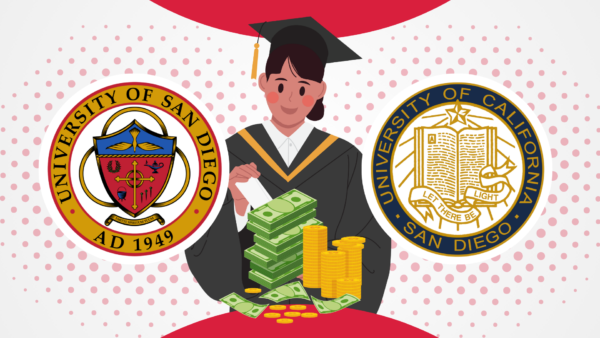
When deciding between these two San Diego universities in the state of California, another important consideration after academics is the financial aspect. The cost of tuition, additional expenses, housing, and the nature of scholarships offered are significant considerations to be factored in, before making a choice.
“Is UCSD a private school?” is another question that is often asked. The difference in fees, primarily for California residents, is because UC San Diego is funded by the State of California.
The following table can help you compare these two institutions in the matters of fees and scholarships.
| USD | UCSD | |
| Annual Tuition (Bachelor’s) | $58,420 | $18,840 (CA Residents) $51,414 (Non-residents) |
| Average Annual Tuition (Master’s) | $21,120 – $63,000 (Depending on number of units per year) | $18,951 (CA Residents) $34,053 (Non-residents) |
| MBA Tuition | $70,180 | $54,160 (CA Residents) $66,405 (Non-residents) |
| Housing (yearly, room and board) | $17,270 | $17,325 |
| Types of Financial Aid Available | – Scholarships – Loans – Student employment – Grants |
– Grants – Loans – Scholarships – Work-Study – Study Abroad – Military affiliated student benefits |
| Scholarship Type | Both need-based and merit | Both need-based and merit |
| Average need-based aid | $42,382 | $25,700 |
| Percentage of undergrad students receiving some form of financial aid | 78% | 70% |
| Admission Decisions | Not entirely need-blind for international students | Not entirely need-blind for international students |
Note:
1. The tuition fees are average figures calculated for a typical academic year of 9 months. The fee will be higher should you choose to take extra courses in the summer months.
2. The tuition fee amounts in the table are indicative of only the cost of attendance. They do not include books, student health insurance and other expenses. Student insurance alone can cost between $5,000 – $7,000 a year.
3. Being a private university, the University of San Diego has more leeway in granting scholarships for international students. However, at UCSD, overseas students are not eligible to apply for need-based aid. However, there are some merit scholarships that they can apply to.
USD vs UCSD: Student Life and Post Graduation Opportunities

In this section, we will be looking at some of the other factors, beyond academics and finance that can help with the debate of UCSD vs USD.
1. Location
USD:
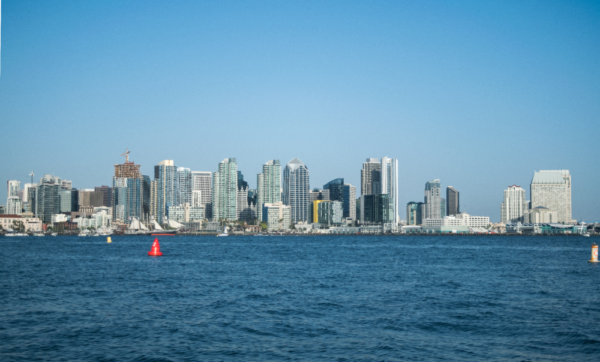
San Diego Skyline, Source: Wikimedia Commons
The University of San Diego is located about two miles north of downtown San Diego in Alcalá Park, which sits atop a mesa overlooking Mission Bay. Situated near the U.S.-Mexico border with a population of around 1.8 million, the city is known for its vibrant and diverse culture.
Besides its culture, the city is also renowned for its military and defence-related activities, tourism, trade, and manufacturing. In recent years, it has also grown as a thriving centre for healthcare and biotech research. The city enjoys a mild Mediterranean climate with mostly pleasant days throughout the year.
UCSD:
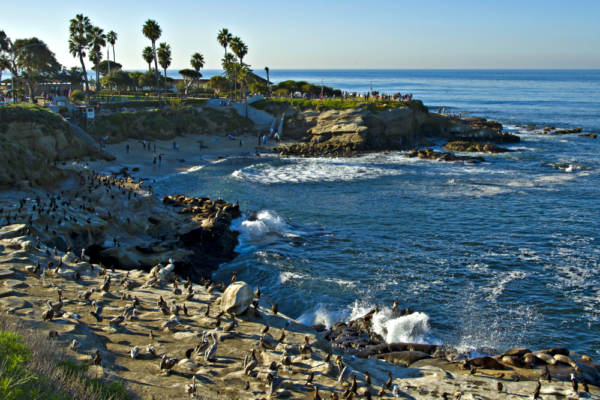
La Jolla Cove, Source: Wikimedia Commons
The University of California, San Diego is located in the La Jolla neighbourhood, about 12 miles from the city centre. A hilly, seaside area overlooking the Pacific Ocean, it offers a quieter, suburban ethos compared to SD downtown and easy access to the city.
Besides its stunning natural beauty rife with beaches and coves, the neighbourhood offers numerous activities, restaurants and clubs, creating an upscale village vibe. It also enjoys a mild climate that makes it pleasant year round.
2. Campus
USD:

Source: USD
The university’s 180-acre campus is located on the north crest of Mission Valley, just about 2 miles from the San Diego city centre. In 2022, Travel and Leisure named the USD campus one of the most beautiful college campuses in the United States. The university describes its campus culture as “Contemporary Catholic values grounded in the liberal arts tradition.”
In addition to the state-of-the-art buildings, the campus is renowned for landscaped gardens, plazas and courtyards, creating a relaxed set up for academic discussions or socialising. The campus also includes convenient housing facilities, varied dining options, academic and research resources that are state-of the-art, and numerous extracurricular and recreation centres for its students. The breathtaking campus, the smaller student body, and Diego Torero, the university mascot all instil a sense of community and pride among its students.
UCSD:
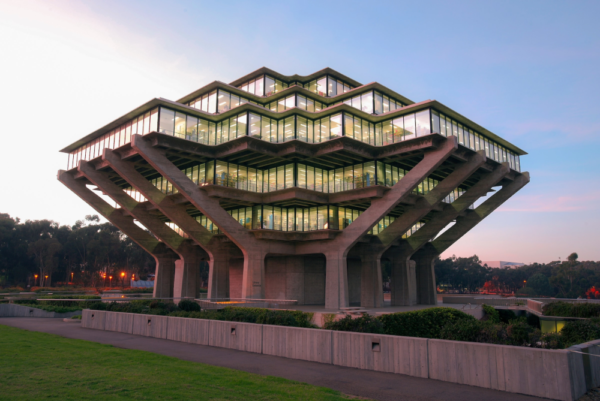
Source: UCSD
The main campus of UC San Diego is located on about 1,200 acres of coastal woodland in La Jolla. Overlooking the Pacific Ocean, the campus houses over 760 buildings that provide academic, research, extracurricular and residential facilities to its students. With the Birch Aquarium and eucalyptus groves lining the campus, Newsweek has nicknamed it one of the “greenest” and the “happiest” in the country.
A bike-friendly campus, UCSD is also home to the esteemed Scripps Institution of Oceanography. The university also runs a shuttle service that is freely available to staff and students.
3. Student Population
USD:
Compared to most of the University of California colleges, the University of San Diego has a much smaller total student population of around 9,110. This includes undergraduate, graduate paralegal and law school students. The average male-to-female ratio on campus is 44 to 56. Of the total undergraduate enrolment of 5,726, 44% are students of colour, and over 6% are international from 55 countries all over the globe. The university maintains a student-faculty ratio of 13:1, and the median class size is 21.
UCSD:
The university has an undergraduate population of 33,096 and a graduate student body of 9,872. Of the 42,000+ students, over 7,779 are international students from over 100 countries. If you are looking at student diversity by gender, about 52% is female and 48% male. Here is a break-up of the student body by ethnicity. (Note: These are average figures from 2021-22 statistics).
- Asian American – 37.9%
- Chicao/ Latino – 20.9%
- White – 19%
- International – 16.1%
- African American – 3%
- Undeclared – 2.5%
- American Indian – 0.4%
- Native Hawaiian – 0.2%
The university’s extremely diverse student body creates a multicultural learning environment. The student-faculty ratio is 26:1.
4. Housing
USD:
Both Torero freshmen and second-year students under 20 years of age at the time of application are required to live on campus. The university offers 2,650 bed spaces, 10 living areas in the form of residence halls and 5 communities. In the higher years, around 46% of students choose to live on campus. In-campus housing typically costs around 17,300 per year.
UCSD:
Students must reside in on-campus housing for the entirety of their admit year. From Fall 2024, the undergraduate class will get a two-year housing guarantee. There are eight residential colleges for undergraduates, ranging from single rooms to shared dorms. Over 10,800 students can be accommodated on campus, with 4,100+ in residence halls and 6,660+ in apartments. The average cost of housing per year is around $17,200.
5. Sports and Other Extracurriculars
USD:
USD is a member of the NCAA Division I West Coast Conference. The university teams, called the “Toreros” compete in baseball, basketball, cross country, football, golf, rowing, soccer, swimming, volleyball and other sports. The university also houses 22+ sports clubs who compete at all levels from the nationals to playing for recreation. Campus Recreation also gives students the opportunity to seek fitness, wellness and outdoor adventures.
Besides sports and athletics, the university is home to over 180 student clubs, organisations and honour societies. There are also groups dedicated to artistic expression, multicultural engagement, philanthropic endeavours and social justice.
UCSD:
Nicknamed the Tritons, UCSD athletic teams compete in Division I sports and sponsor over 20 varsity teams. The university also houses 30 sports clubs ranging from badminton to water polo. Even though there is a general opinion online that UCSD is “socially dead”, the university sponsors over 500 student clubs and organizations. Greek life is also an important part of campus life, with around 8% of the student population involved in fraternities and sororities.
6. Internship Opportunities
USD:
On an average, about 80-90% of graduating students participate in at least one internship or experiential learning activity during their degree at USD. Traditional internships are typically taken up during the summer break. On campus, numerous experiential learning activities are held, during the course of the semester, especially as part of research studies. Besides professional placements, numerous community service opportunities are also made available to students.
UCSD:
UCSD’s career cell is the ideal place to begin your research for internships anywhere. Through a portal called Handshake, you can access the latest internship opportunities, as listed by employers. With internships, you can gain more credits, boost your resume and experience the real-world demands of your profession.
UCSD internships are typically divided into Academic Internship Programs, Campus community placements and Research and applied learning experiences. Moreover, the Study Abroad office also helps students find opportunities throughout the globe. While listings are available throughout the year, you are expected to plan your internships around your coursework.
7. Work Opportunities
USD:
The university has an 81% graduation rate for freshmen and transfers at the undergraduate level. Of the graduating class of 2022-23, 89.1% are employed in grad school, in military service, or participating in full-time volunteer service. About 86.1% of them received their first full-time job offer within 3 months of graduating. The top three sectors that graduates go into are finance and banking, technology and real estate. The median salary of a USD graduate with mid-level work experience is around $60,000.
UCSD:
With a graduation rate of 87%, UCSD is ranked 188th in the world and 36th in the country for graduate employability. UCSD graduates go on to build careers in private, public and nonprofit/multilateral sectors across industries. The top industries include technology, sustainability, research, and consulting. Over 25% of the graduates find careers outside of the United States. Top employers include the US Government, Qualcomm, Sony, the United Nations, Deloitte, The World Bank, and the Department of Commerce. The median salary for a graduate is around $80,000, depending on the field, expertise and experience.
Summary
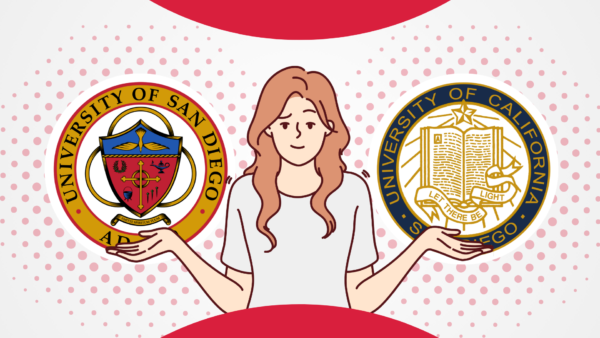
Deciding on San Diego vs UC San Diego is not an easy task. They are very different schools that offer varied academic, social and cultural experiences. In essence, the University of San Diego pros and cons are that it is a smaller, private university, which can be both an advantage and a disadvantage. The biggest factor in the UC San Diego pros and cons list is its selectivity and reputation. With great ranking also comes highly competitive admission procedures.
Here is a summary of the differences.
USD is better suited for you if –
- You are leaning towards a liberal arts education
- You thrive in smaller student communities, smaller classes, and frequent interactions with the faculty
- You prefer a Catholic educational institution
- You want to live closer to downtown San Diego
UCSD is the better prospect if –
- You are inclined towards science, technology and business (Remember, it does not mean that these fields are not good in USD. It simply means that UCSD has the better, higher ranking programs)
- You are inspired by a vibrant campus with a large number of students
- You do not want to pay the higher cost of attendance of a private university
- You want to live in the scenic neighbourhood of La Jolla.
While these can be factored into your decision, the ultimate call rests on whether the course curriculum and the learning outcomes meet your career plans. The most significant part of your research is to compare courses, syllabi, electives, faculty and research facilities of your preferred degree program, speak to current students, and then decide depending on which school better suits your needs.
We understand that becoming an international student can be very thrilling, but the prep and paperwork of it all can get overwhelming. The easiest way to reduce your stress is to sign up with TC Global.
We simplify international education, learning, and mobility through connecting students, universities, and a global community on a single platform where there are over 1000+ education providers and over 80,000+ courses.
Our platform enables students to study anywhere in the world in just a few steps. From search and discovery and finding the right course fit for you, to applications, visas and departure – we see you through it all.
To move forward with us, download our app or visit tcglobal.com and sign in to create an account on our student platform and onboard with us in quick, easy steps.! 🚀
Then simply set up a visit Calendly.com/tcglobal to pick a Relationships Team closest to you and choose a slot to meet with a Relationship Member. Be it USD vs UCSD or any such debates, our experts will be with you every step of the way to help you decide.
Let’s shape your future together.
You May Also Like
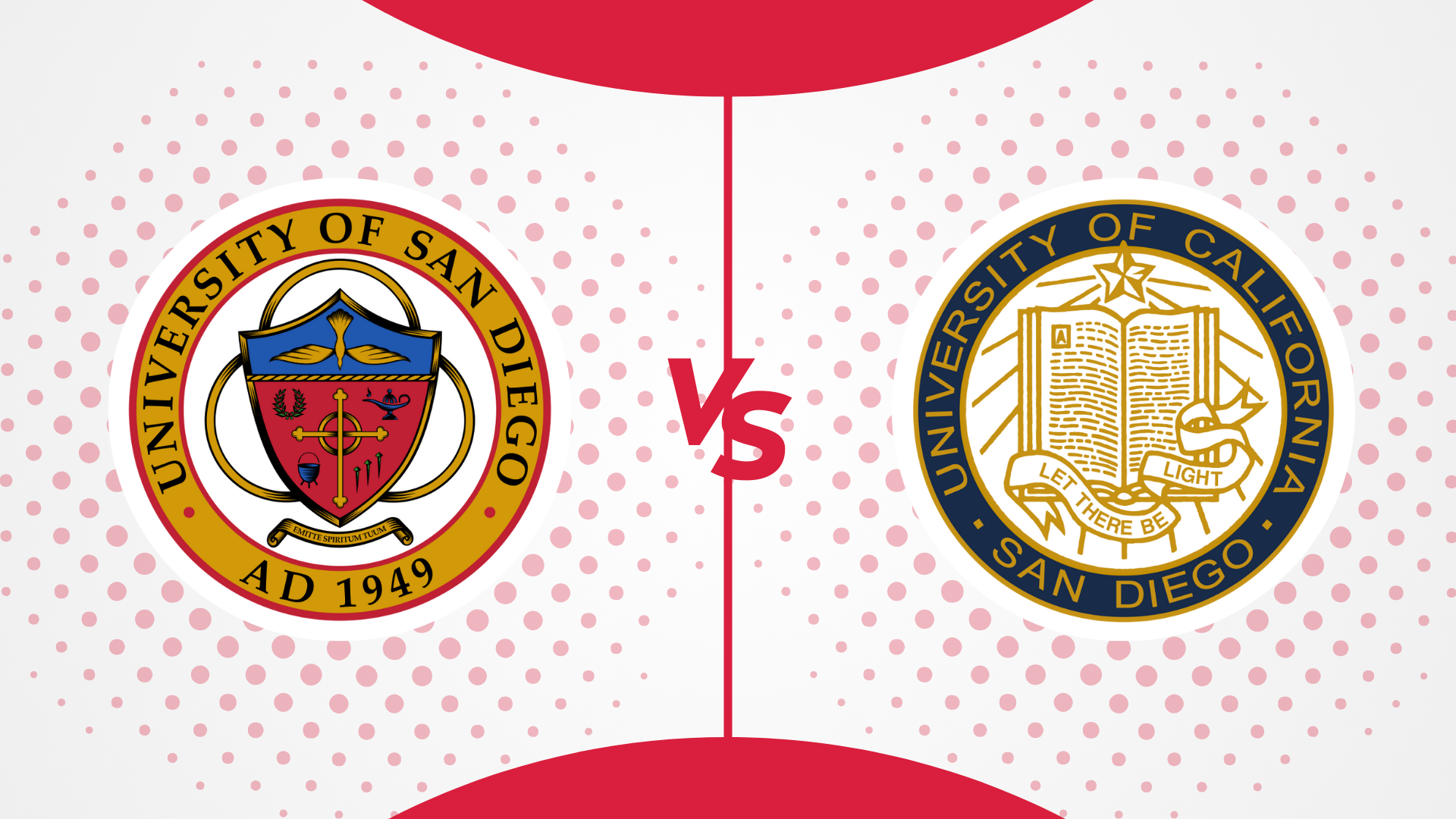
Compare more universities in USA
-
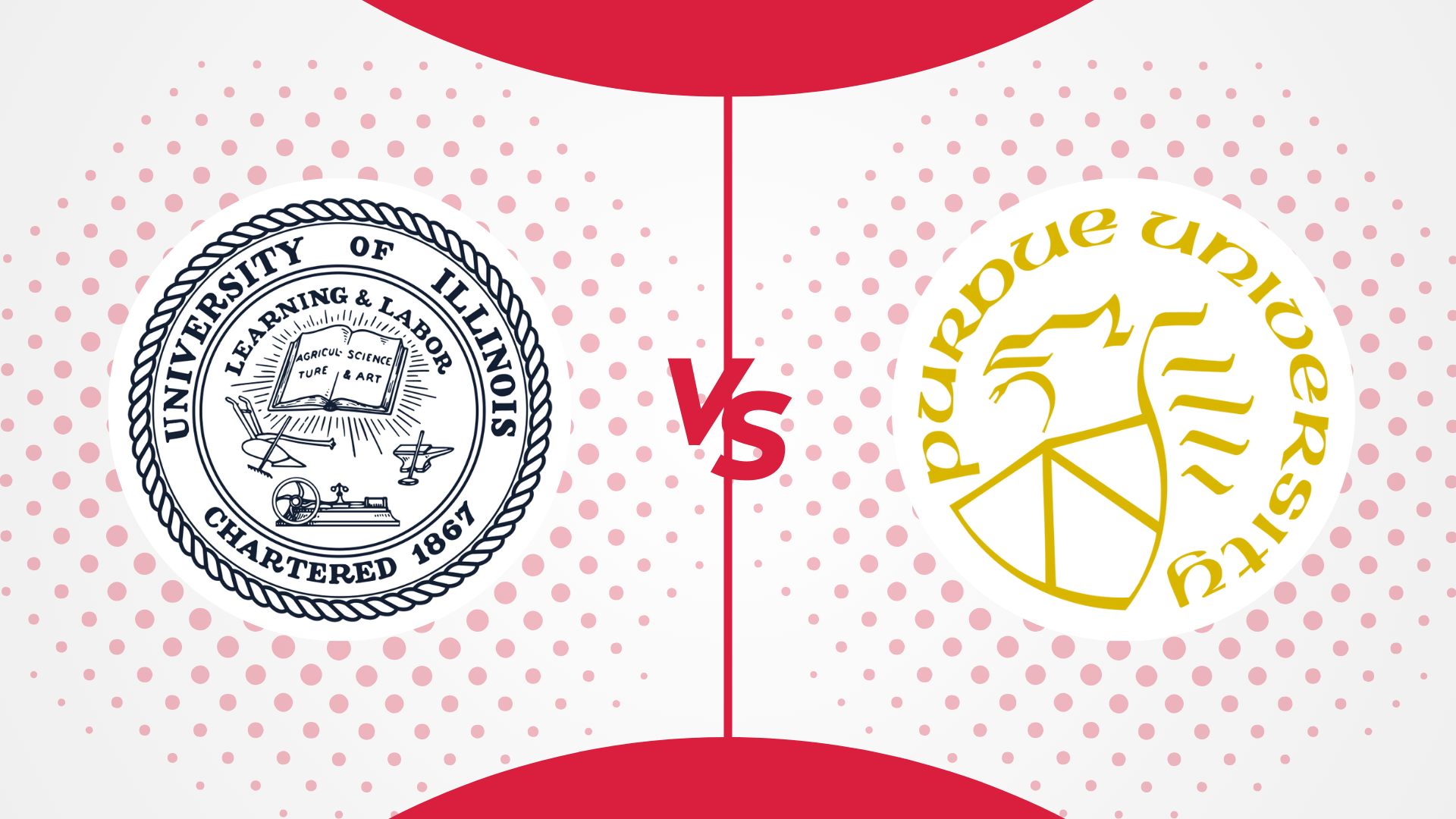
Purdue vs UIUC: How Do They Compare in 2025?
December 16, 2024 -
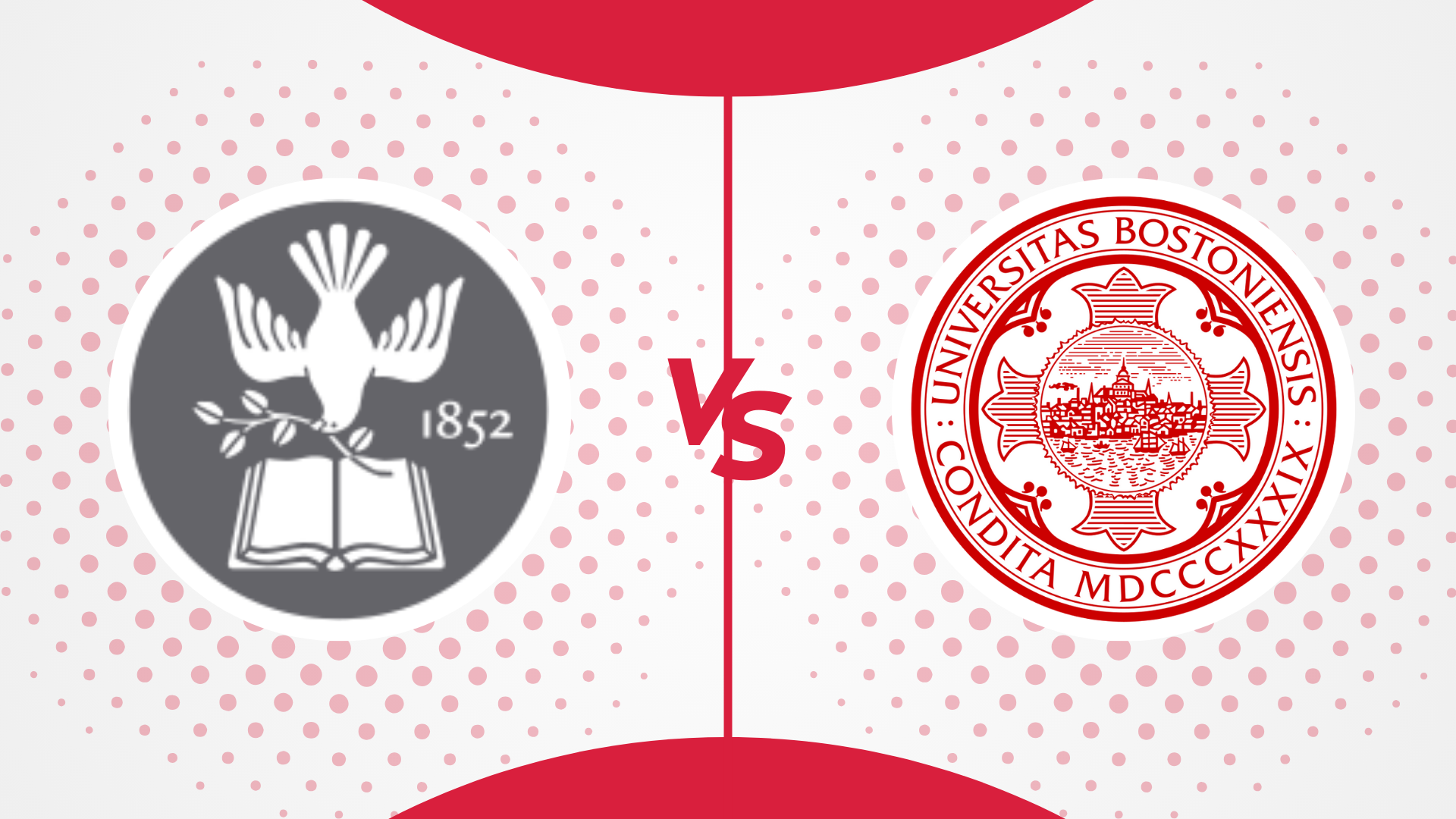
Tufts vs BU: How Do They Compare in 2025?
December 16, 2024 -

UIUC vs Georgia Tech: How Do They Compare in 2025?
December 3, 2024 -

Georgia Tech vs UT Austin: How Do They Compare? [2025]
September 24, 2024 -

UC Davis vs UC Irvine: How Do They Compare in 2024
September 10, 2024 -
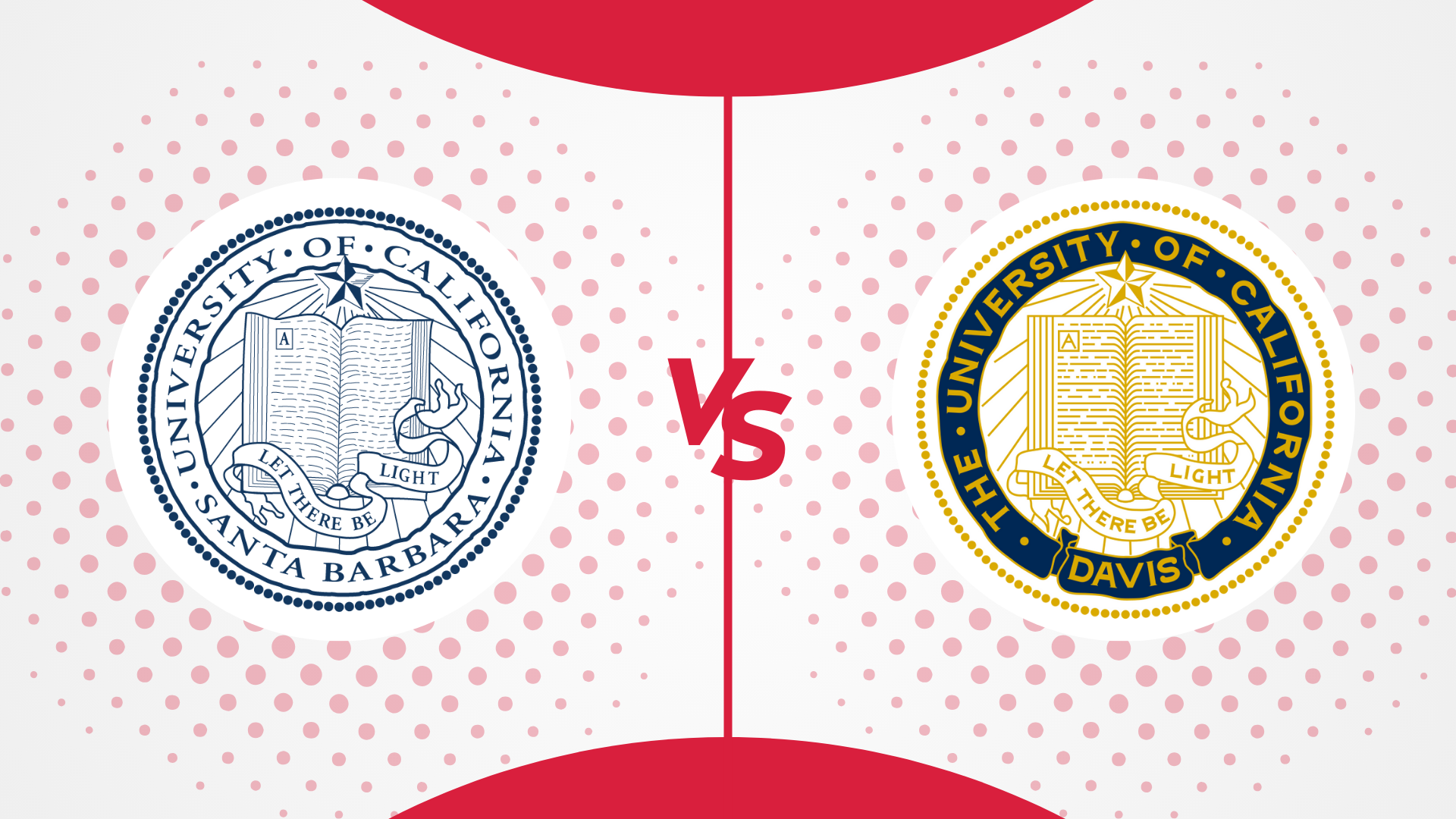
UC Santa Barbara vs UC Davis: How Do They Compare? [2024]
August 30, 2024 -
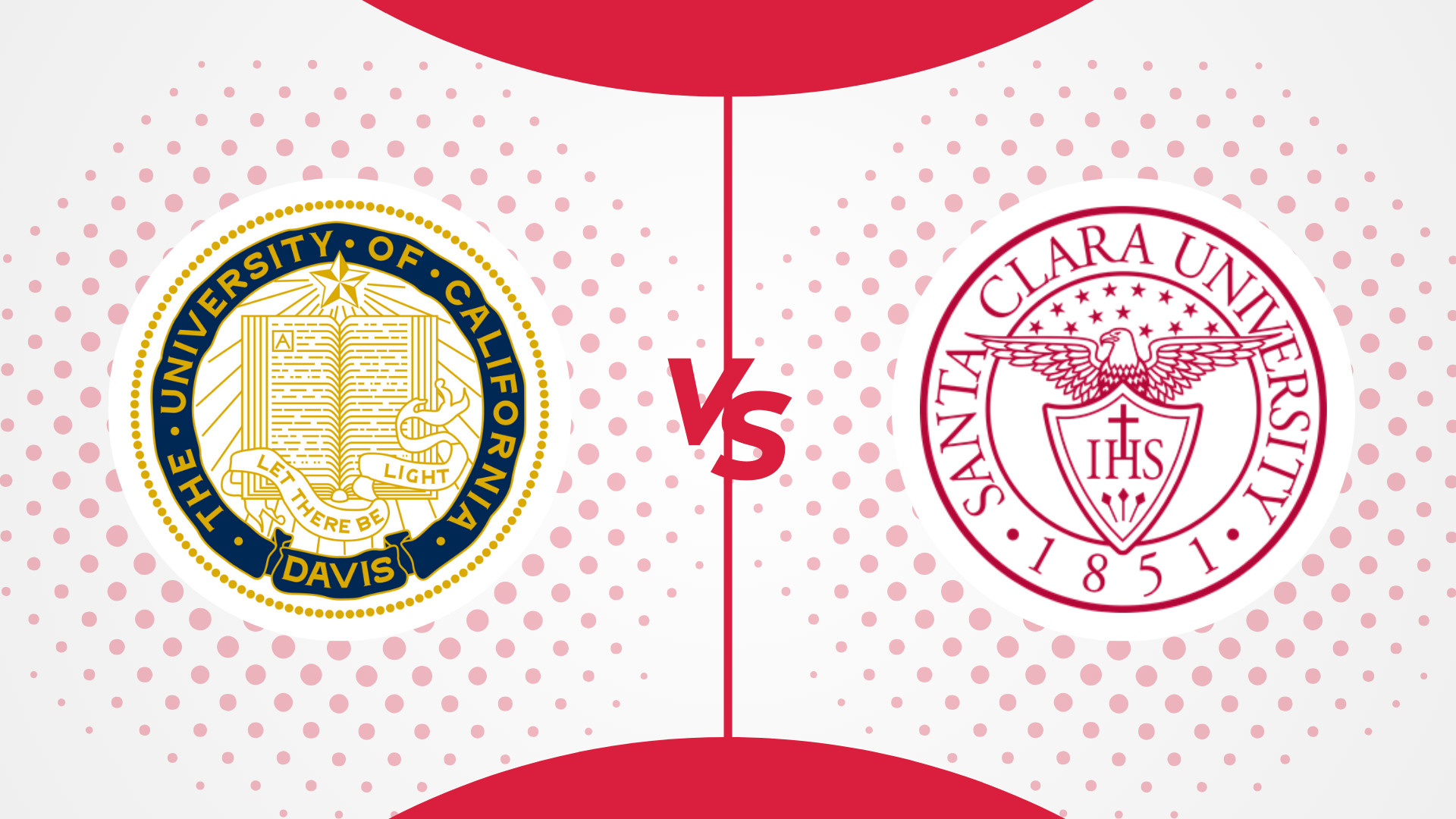
UC Davis vs Santa Clara University: How Do They Compare? [2024]
August 23, 2024 -

University of Chicago vs Northwestern University: How Do They Compare
August 20, 2024 -

Georgia Tech vs MIT: How Do They Compare? [2024]
August 7, 2024 -

Caltech vs MIT: How Do They Compare [2024]
August 2, 2024 -

MIT vs Harvard: How Do They Compare [2024]
July 27, 2024 -

Cornell vs Harvard: How Do They Compare? [2024]
July 27, 2024 -

Yale vs Harvard: How Do They Compare [2024]
July 22, 2024 -

Harvard vs Princeton: How Do They Compare [2024]
July 16, 2024 -
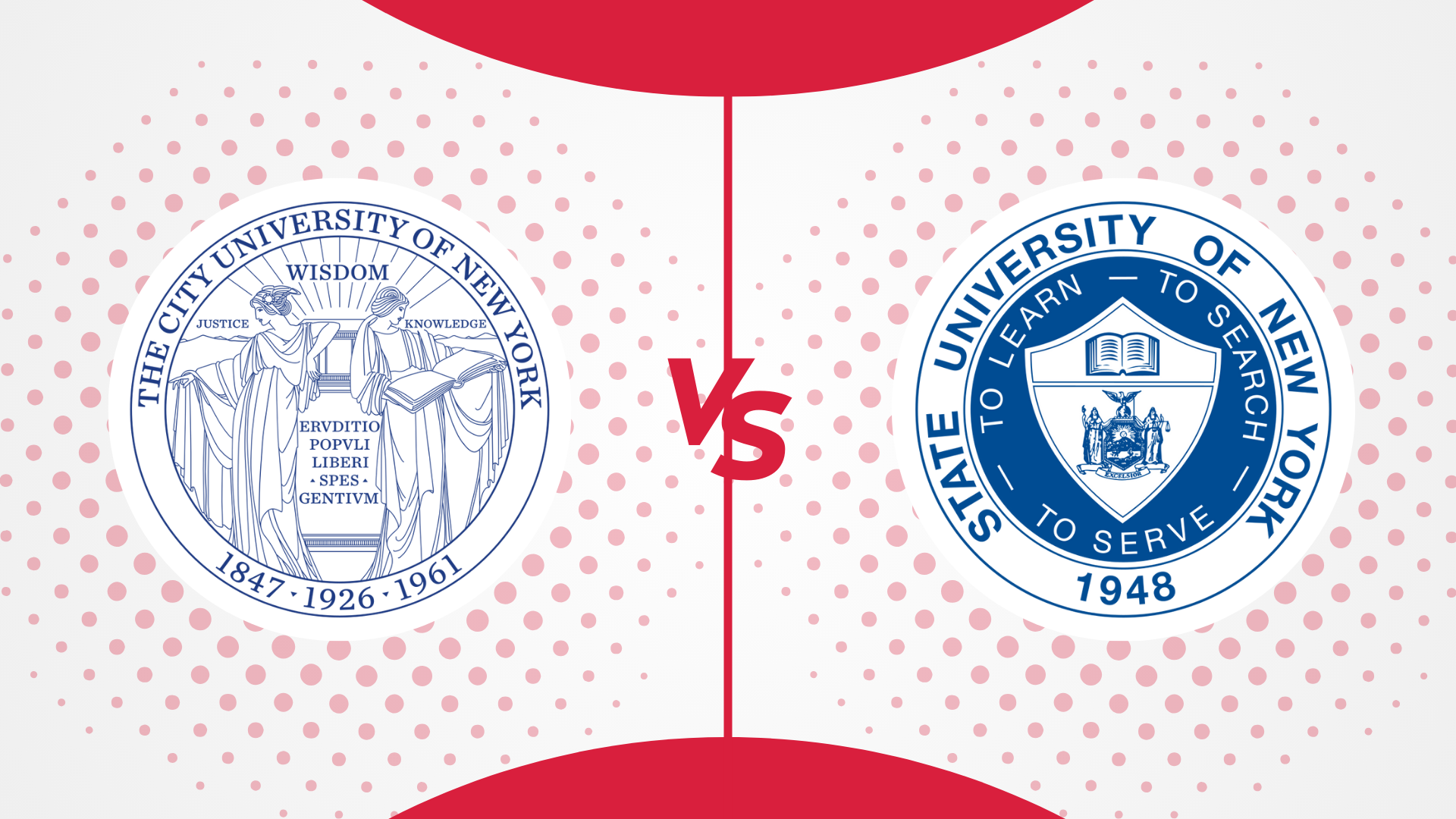
CUNY vs SUNY: Which One is For You in 2024
July 9, 2024 -
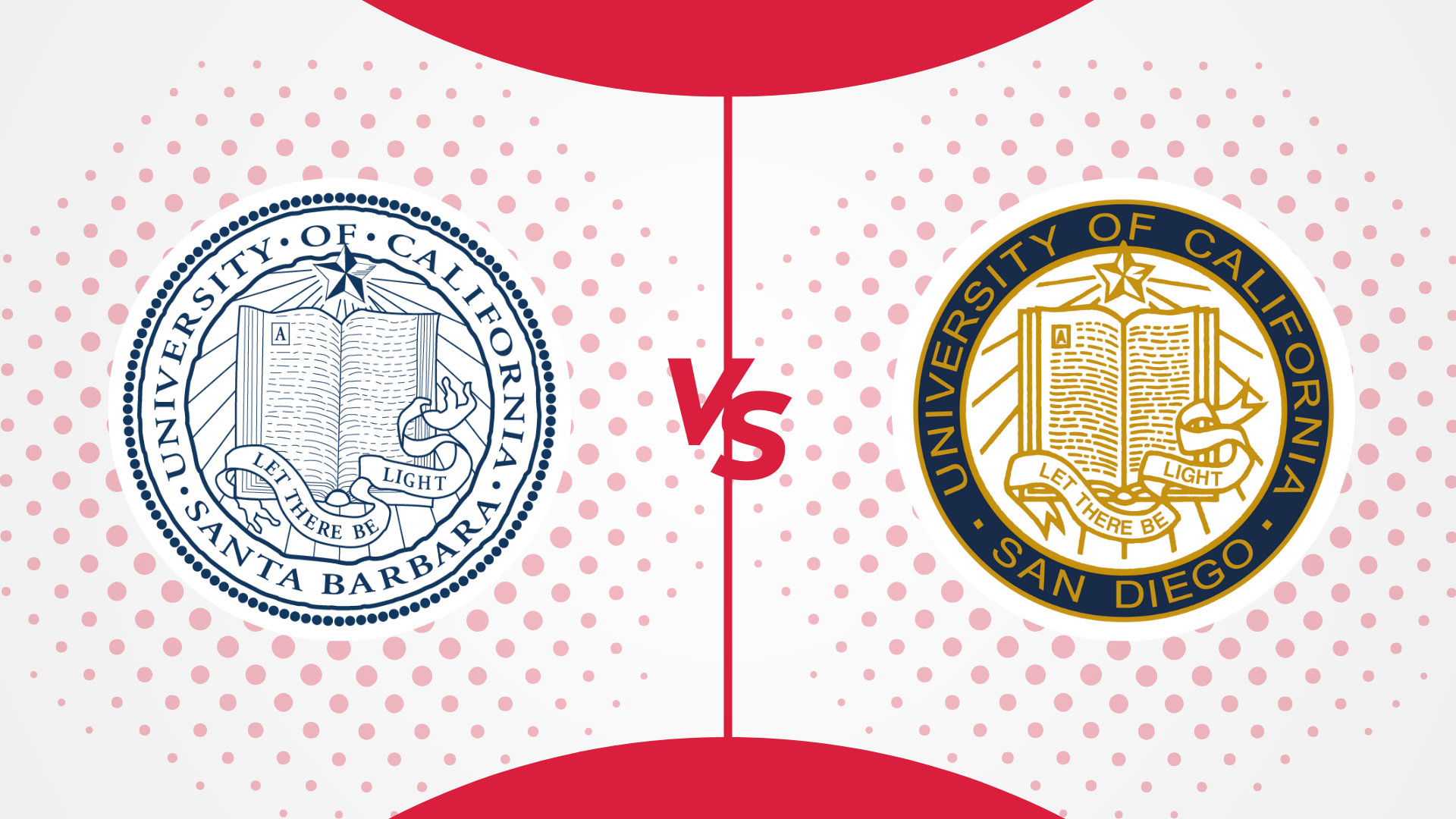
UCSD VS UCSB: Which One is Better For You in 2024
July 9, 2024 -

UC vs CSU: Which One is Better in 2024?
July 9, 2024 -
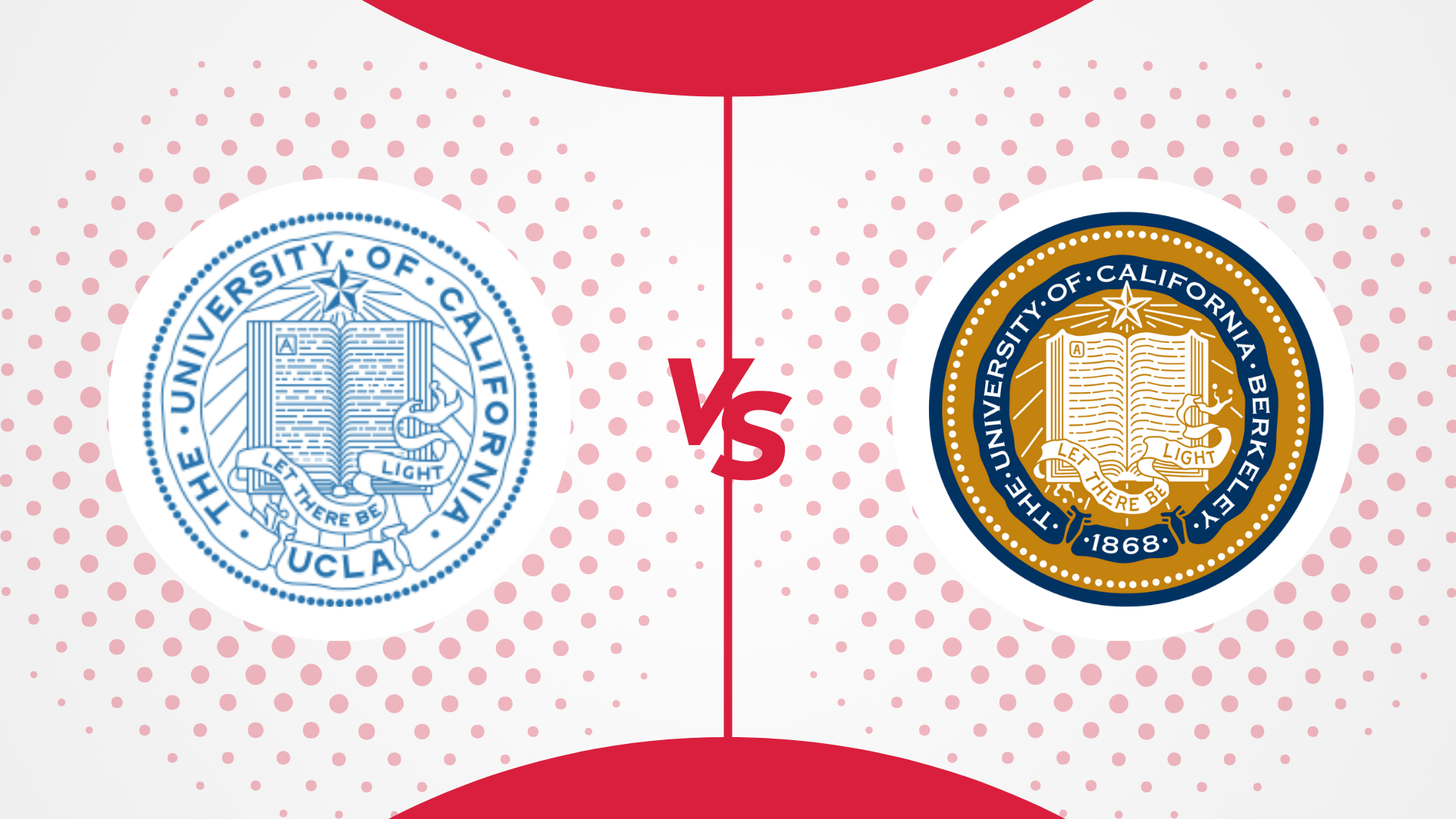
UCLA vs UC Berkeley: Which One is Best in 2024
July 9, 2024 -

University of Arizona vs Arizona State University: Which One is Better in 2024
July 9, 2024 -

Penn State vs UPenn: Which is Better for International Students in 2024
July 9, 2024 -

Northeastern vs Northwestern: Which One is Best in 2024
July 9, 2024 -

Northeastern University vs Purdue University – Which One is Better in 2024?
July 9, 2024 -

Boston College vs Boston University: Which One is the Best in 2024?
July 9, 2024 -

LSU vs UCLA: Which Is Better For You In 2024?
July 8, 2024 -

NYU vs Boston University: Which One Is Better For You In 2024
July 8, 2024 -

USC vs UCLA: Which One Is Better For You In 2024?
July 5, 2024 -
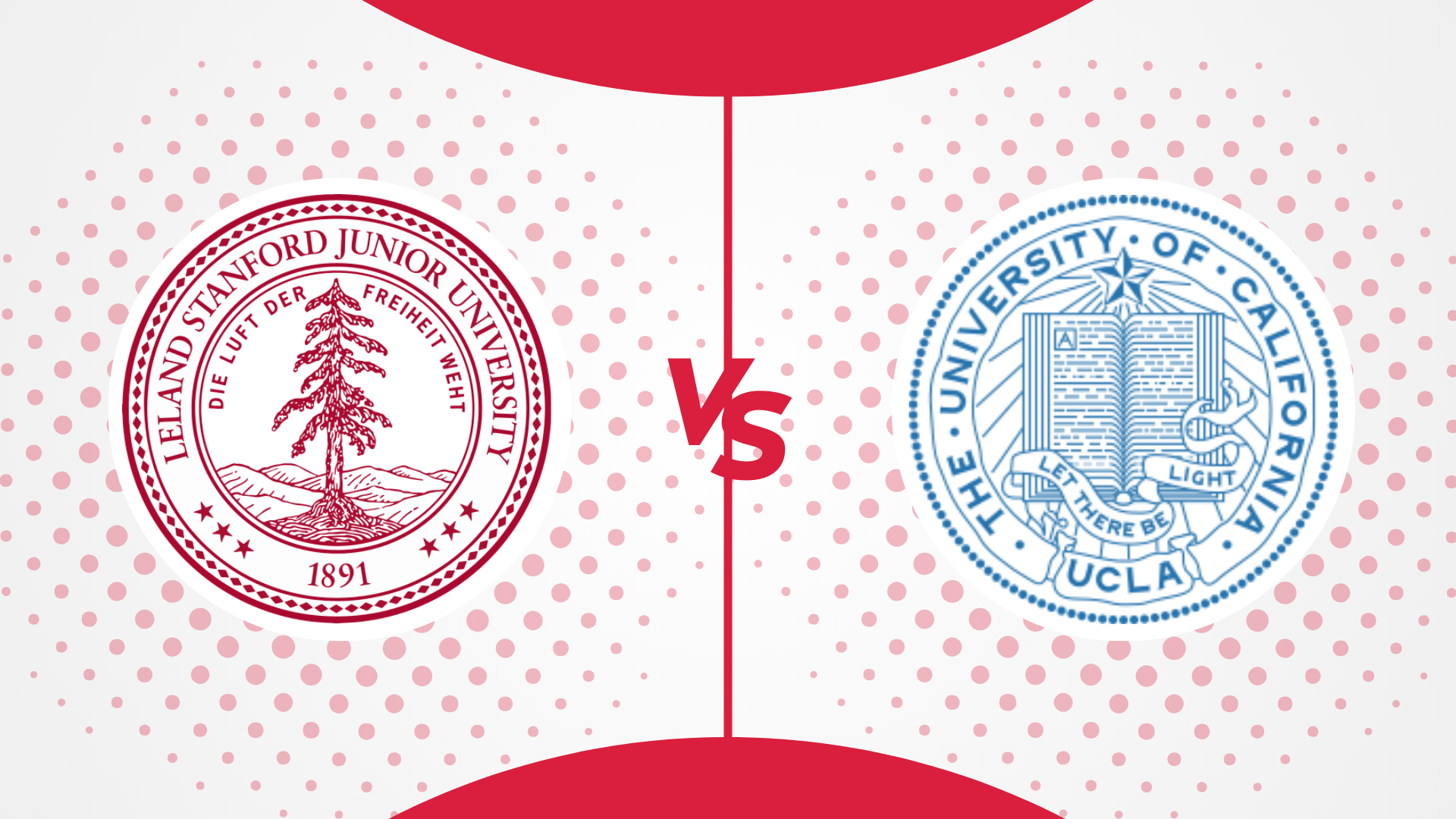
Stanford vs UCLA: Which One is Better For You in 2024
June 28, 2024 -
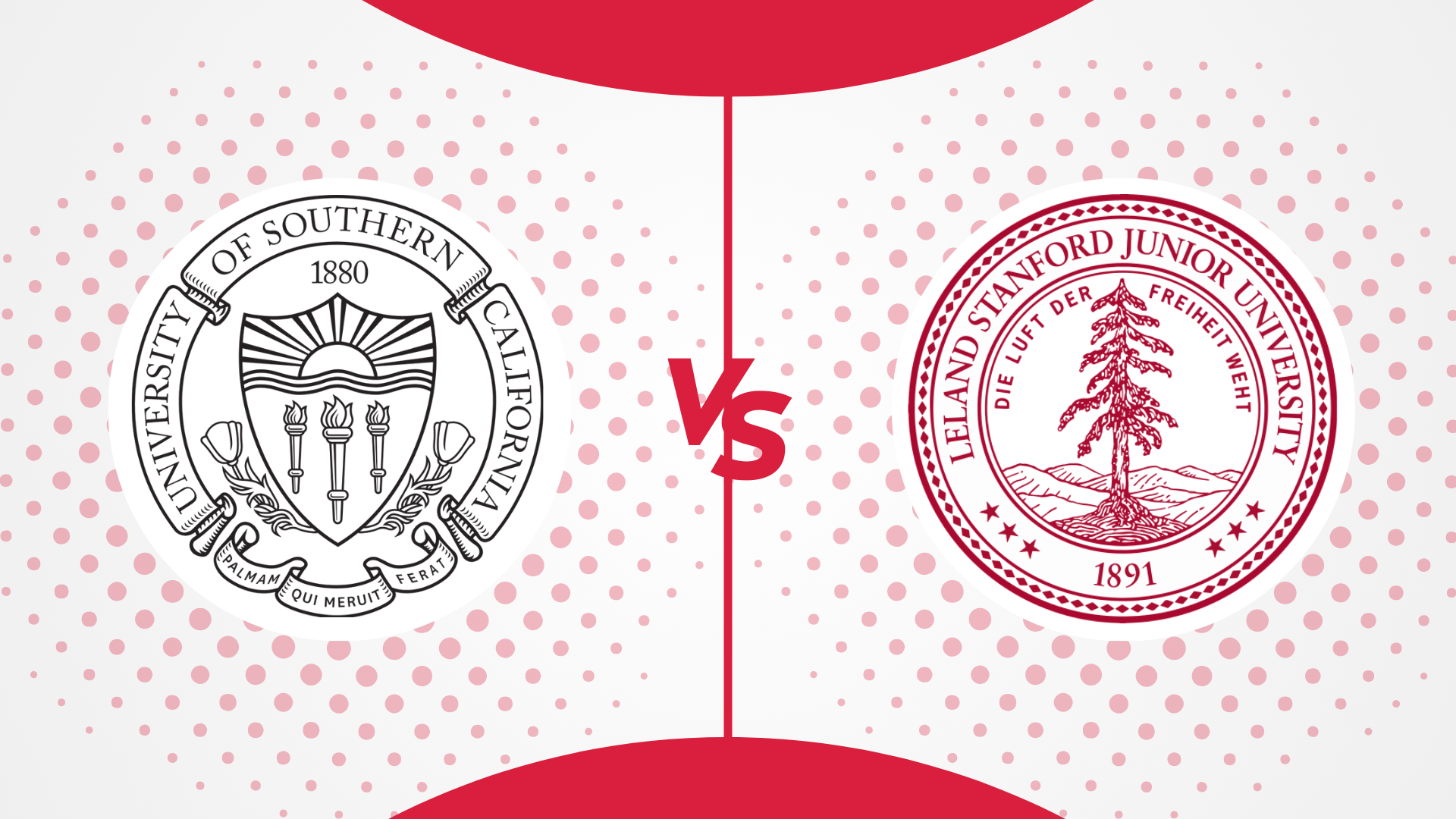
USC vs Stanford: Which One is Better For You in 2024
June 28, 2024 -
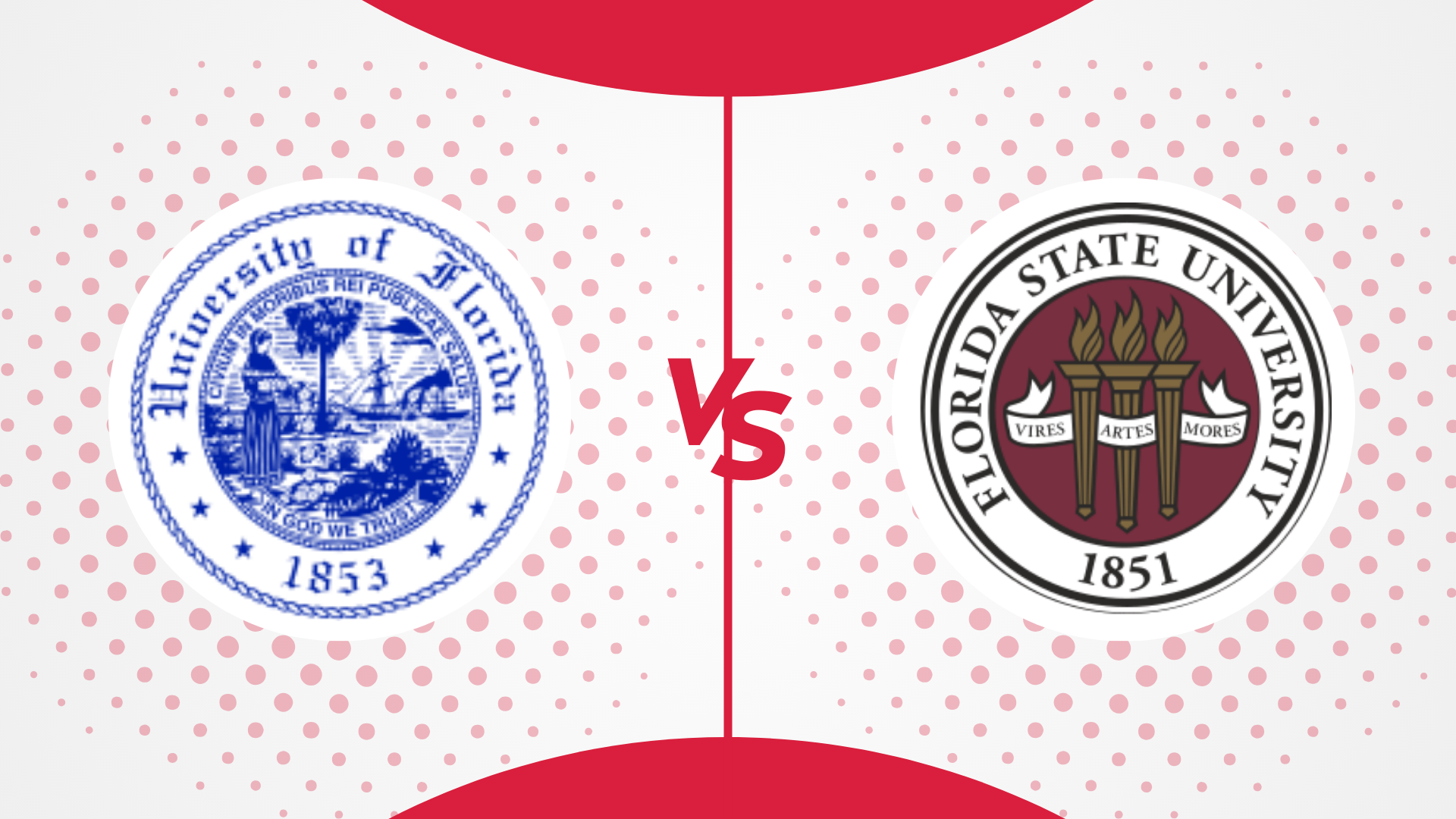
University of Florida vs Florida State University: Which One is Better For You in 2024
June 28, 2024 -

NYU vs Columbia: Which Is Better In 2024?
June 28, 2024 -

Princeton vs Columbia: Which Is Better In 2024?
June 28, 2024 -

NYU vs Cornell: Which One Is Better In 2024?
June 28, 2024 -

Boston University vs Northeastern: Which one is best in 2024
June 28, 2024 -

NYU vs UCLA: Which Is Better For You In 2024?
June 28, 2024
